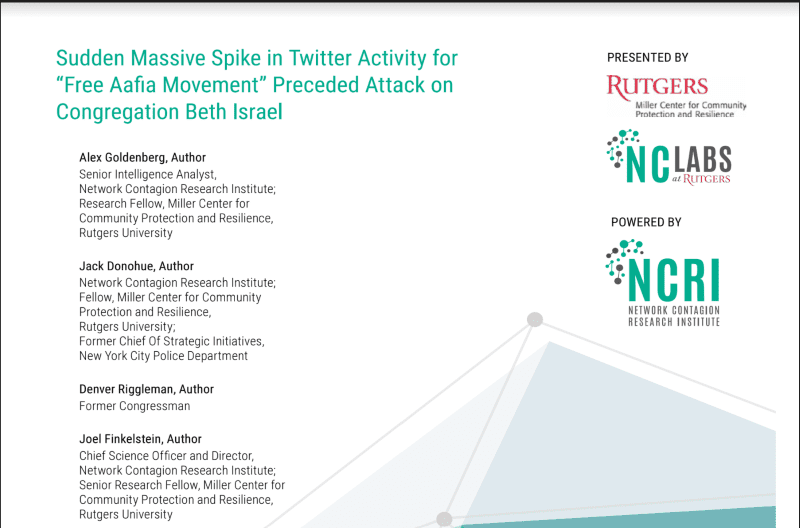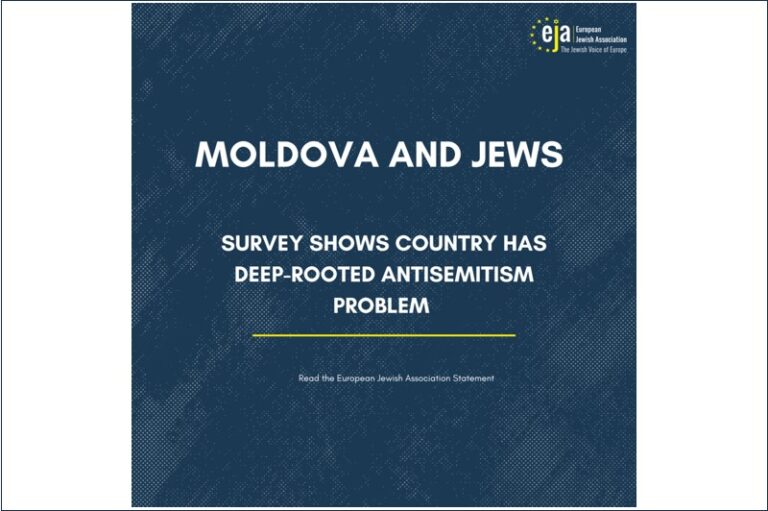What caused British national Malik Akram to travel to Texas earlier this month and take hostages in a synagogue with the demand of releasing his “sister” – a.k.a., the jailed Pakistani terrorist Aaka Siddiqui? At first glance, it seemed an unlikely cause to champion, as Siddiqui had been imprisoned for over a decade and the solidarity campaign on her behalf had been largely dormant for years. As President Biden himself noted after the attack, there are lingering questions as to “why [Akram] targeted a synagogue, and why he insisted on the release of someone who has been in prison for over 10 years?
”While the now-deceased attacker’s motives remain obscure, his actions came against the backdrop of a sudden spike in social media activity as part of a coordinated campaign to “Free Aafia.”
The Network Contagion Research Institute used open-source data from social media platforms to analyze the dynamics of how and by whom the campaign was reactivated. This analysis revealed that the cause Akram identified as a key motive for his attack had been promoted by a U.S. based non-profit organization and self-identified Pakistani Twitter accounts in the months before the attack.






